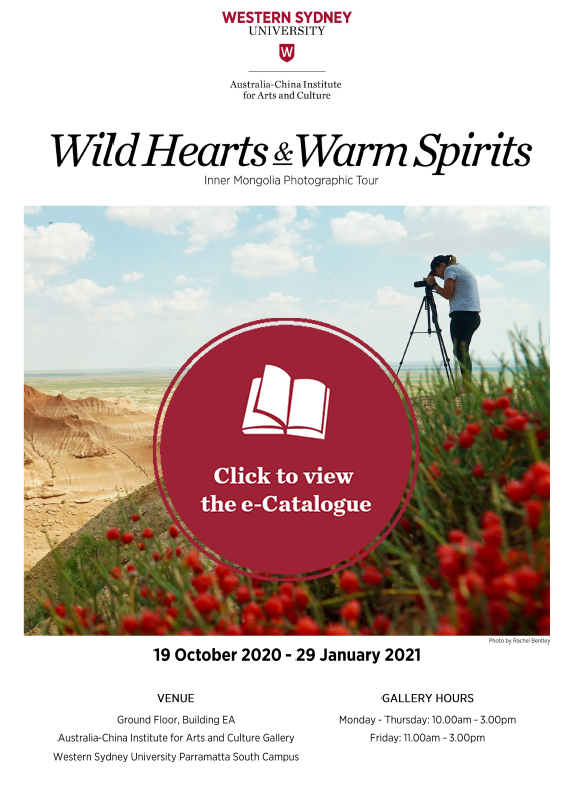Wild Hearts & Warm Spirits - Inner Mongolia Photographic Tour
Exhibition Details
Date: 19 October 2020 – 12 February 2021
Venue: Australia-China Institute for Arts and Culture Gallery, Building EA.G.03, Parramatta South Campus, Western Sydney University. Corner of James Ruse Drive and Victoria Road, Rydalmere.
Gallery Opening Hours: Monday – Thursday 10.00 am – 3.00 pm, Friday 11:00am - 3pm
Contact: Lindsay Liu, (02) 9685 9943
Digital Exhibition Site: https://lf.westernsydney.edu.au/wildhearts/
Exhibition e-Catalogue

Wild Hearts & Warm Spirits is a School of Humanities and Communication Arts' outbound global mobility study program. The photojournalism study tour aligns with key study and research areas positively promoting cross-cultural communication, industry, and community. The curated collection of student photography represents a transformative journey – one where a select group of Western students, some of whom had never travelled outside of Australia, undertook their first ‘photographic assignment’ abroad.
Over 14 days, students were immersed in the Inner-Mongolian culture and rugged landscapes, travelling outside of the main cities and meeting locals in small rural communities. Students were mentored by project leads, Dr Rachel Bentley, Adjunct fellow Dr David Cubby and Sam Dessen to develop their photographic technique and embrace the ‘assignment’ with professionalism, creativity and open-mindedness, characteristic of Western students.
The Western students' work takes inspiration from their studies at Western Sydney which include Design (Visual Communication), Screen Media (Arts and Production) and Communications (Journalism). This cross-cultural collaboration resulted in many students choosing to document uniquely Inner-Mongolian topics, such as hybrid Mandarin-Mongolian typography, close family relationships, and the iconic horsemen of the sparse grassland plains.
The ensuing Wild Hearts & Warm Spirits video, digital site and exhibition deliver a unique, collaborative body of work encompassing learning and teaching influences from both Western Sydney and Inner Mongolia. Western Students also enjoyed a creative workshop as guests of Inner-Mongolia Normal University Art and Design College, and also received mentorship and guidance from renowned Chinese Photographer, David Wei Lai.
The Wild Spirits & Warm Hearts exhibition has potential to further promote positive Australia-China creative and cultural collaboration. The travel abroad tour is an example of a successful New Colombo Project promoting industry and educational relationships. In addition to the students’ work and artist statements, a short video was filmed throughout the students’ journey documenting in interviews the intensity and many benefits of cross-cultural immersion. The students recounted adventurous activities and close friendships made in Inner-Mongolia. Their interviews present an authentic and challenging experience, one that has accelerated the students’ professional development and peer-to-peer comradery as key takeaways from the study tour.
The student exhibition and video is displayed in close proximity to WSU Design and Communications students teaching hub at the Parramatta South ACIAC gallery. The student work will inspire others to seek out future New Colombo Plan and study abroad mobility programs. The stunning portrayal of the unique Inner-Mongolian people and wild landscapes serve to promote study and connections within that region, particularly when considering the ongoing partnership between Western Sydney University and Inner-Mongolia Normal University based within the major Inner Mongolia city, Hohhot.
Wild Spirits & Warm Hearts aligns well with the aims and objectives of the ACIAC gallery space as a tangible example of an international creative and cultural partnership. This exhibition Wild Spirits &Warm Hearts, Inner Mongolia Photographic Tour strengthens and further promotes internships, creative collaborations and promotes cross cultural and economic relations within the region.
Rachel Bentley, Sam Dessen and David Cubby October 2020
Artist Statements
Language, both orally and textually are formative in shaping thinking and creativity at an individual level within cultures and communities. Chinese calligraphic brushstrokes cojoin and release forests of unique idiomatic expression. Inner Mongolians freely apply their own language alongside practising Chinese and some English in daily life. My photography of publicly displayed Chinese calligraphy, the official formal language of Inner Mongolia, provides an entry point to a culture revealing a language of great wit and learned observation capable of rendering a sophisticated, imaginative narrative in a single character or engendering different, subtle and clever tertiary meanings as characters are set in relation one to another. | 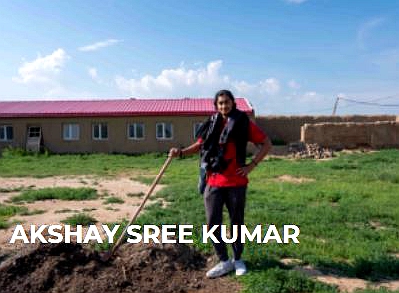 |
Differentiation between one manufactured machine and another in the west has become a matter of style and decoration, of brand to brand comparison with minor, fraudulent or zero genuine technological development. There are abundant remnants of individual rather than industrially manufactured machinery, scattered throughout China and Inner Mongolia. This emanates not from today’s monopoly culture of consumerism but from a time of aggressive cultural revolution when the largely agrarian, peasant population were nationally encouraged to invent, adapt and build their own practical, creative solutions to agricultural machinery, loadbearing as well as individual automotive transport. | 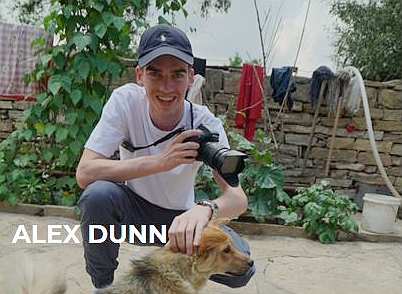 |
Between the consciousness of a child and the wisdom of Buddha the landscape is shaped to fit imagination whereby paths become roads unifying space and time; temples lift rocks to the top of columns in affirmation of awe; illuminated at night, architecture chants the same message over again through park shelters, apartments and administrative blocks. The desert is lit only by the sun direct, diffuse or by lunar reflection. We become the environment we live in for the longest time and we are all made of the earth reflecting upon itself. A child understands that and Buddha knows it. Simple restructuring of these images differentiates objectively between the photograph and the photographed. A photograph can easily be paired with another in re-composition of new images of juxtaposition between two immovable, discrete places. So, that placement might create a non-verbal narrative out of a magical, beautiful landscape and amazing people on a journey that reawakened my sense of the world and my spirituality within. | 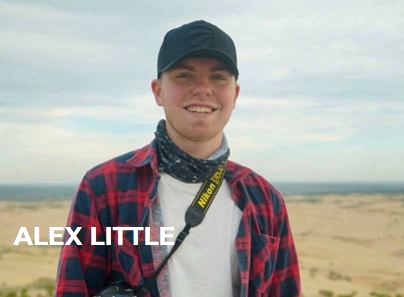 |
Drawn to light, colour and capturing the emotions of people and places, I utilize the environment around me to act as a character in its own right, in a sense I am at one with the environment reflecting upon ‘itself’ that is reflexively ‘myself’. My intention is to create portraits not just of the people encountered, but also of landscape, urban-scape and architecture. Focusing on smaller elements or details in busy environments, such as hands, the way they are used in intricate and skilful ways revealing quotidian culture, social status, intention and communication. I observe all of this as moments of peace or stillness in a bustling, living environment. In comparison, within more sparse environments I focus on the scale before me, establishing with awe the grand nature and scale of the world all around. Using photography as a visual journal, lends direction to the creation of images that mirror and enhance my memory as a key focus not only as a metricated metal ring around a lens but a more sharply defined point of seeing. | 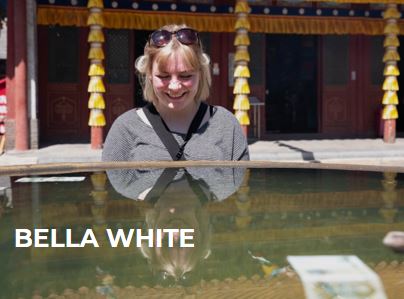 |
My experience of Inner Mongolia was formed by the melting pot of cultures that surrounded me during our visit. From traditional Chinese and Mongolian architecture to contemporary and western design, the cities and countryside of Inner Mongolia seem truly special to me. The architecture was unique and unlike any other place I had experienced. Given the flexibility and portability afforded by the photographic object, I decided to express my encounter with such intense mosaics of culture through direct juxtaposition of contrasting architecture and landscape I wanted to emphasise the different shapes and influences on my chosen architecture stills, through use of overlaid monochrome with the wild, vividly chromatic landscapes of Inner Mongolia. | 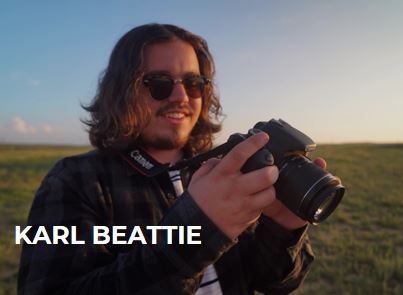 |
From childhood, I have always been drawn to and favoured horses. On the tour I was able to photograph horses in their special relationship with Inner Mongolians. It is clear that Inner Mongolians are at one with respect and love for their horses. During the thirteenth century, Mongolian horses were used by Genghis Khan as they were effective warhorses and, as needed, were useful as meat and milk for the warriors. Both Inner Mongolian people and Mongolian horses share character that makes their intermingling noble, proud and deserving of respect. It is reassuring that the wild spirit of both species survive in warm and productive harmony. | 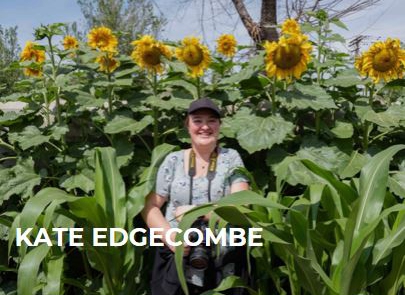 |
I had no plan mapped out for my photographic work for Wild Spirits, Warm Hearts. I am interested in people and identified my journey part way through by a chance encounter with a particularly kindhearted local at an isolated small farm house near the Yellow River, an experience that has impressed me for life. | 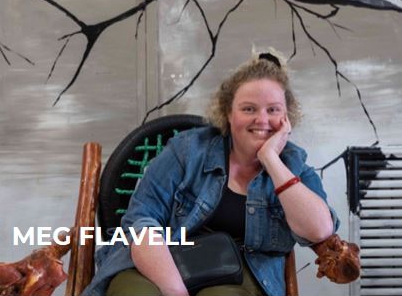 |
It is as difficult as it should be to separate a land from its people. The way people are is a powerful reflection of the land that they live in. Each of my images was made as an immediate response to a momentary scene unfolding before me. Then, all of my images are ‘twinned’ at an emphatic point where the people intersect visually and gesturally with their environment. That became my way of expressing a beautiful harmony that I felt privileged to enjoy between a warm and friendly people and landscape so beautiful it all seemed endless. |  |
I like to observe people absorbed in the ways and passages of their daily lives. The camera gives me an opportunity to engage and hold still unselfconscious moments of everyday exchanges between people on and just off-street level. My photographic engagement opens up the possibility of empathy with people of a different culture in an urban setting quite often at different stages of modern development. I am fascinated with comparing similarities and differences between Inner Mongolian people and my life-experience of the everyday in Australia. | 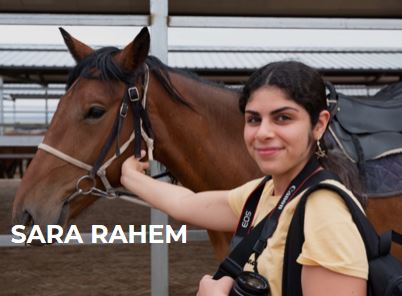 |
“You go away for a long time and return a different person - you never come all the way back” The student study tour to Inner Mongolia was motivated by a curiosity sparked through my supervision of international Masters students (HCA), from both Mongolia and China. Inner Mongolia has a complex history. It is a land so vast that our journey involved many hours of travelling together by bus to experience desert, grassland and mudflat landscapes in rural communities. Despite the harshness of the environment, Inner Mongolian people opened their doors and communities to us without reservation. The kindness, respect and pride Inner Mongolian people demonstrated to our student group was a constant reminder of the human qualities that can draw us together. In my photographic and video captures, I have tried to offer a glimpse of the generosity of spirit which greeted us daily from our hospitable hosts and breathtaking country. | 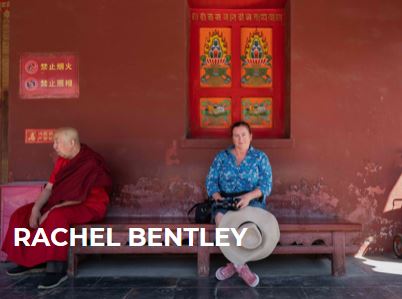 |
Through video, I documented the journey of the Western Sydney students through the extraordinary landscapes, towns and cities of Inner-Mongolia. I experimented by filming immersive 360 degree videos to capture the enormous panoramas and the complex and unique environments we travelled through in new ways. It was extremely rewarding to watch closely and film the students as their awe and enlightenment grew with each new location. The student interview reflections, filmed in Hohhot, were incredibly special, as every student had learnt so much and had been changed profoundly by their time in Inner-Mongolia. | 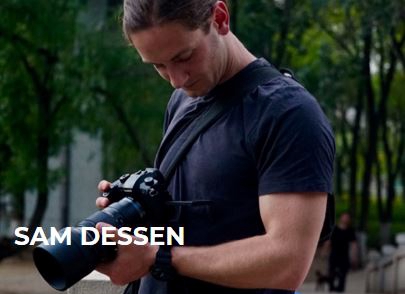
|
Surveillance is intervention. My view is that photographing is not for practitioners to intervene in community, but to approach people observantly with kindness and equanimity, being at home in unfamiliar places. And, at ease with amazing people living out their modernity in dignity whilst maintaining tradition as an enormous resource. | 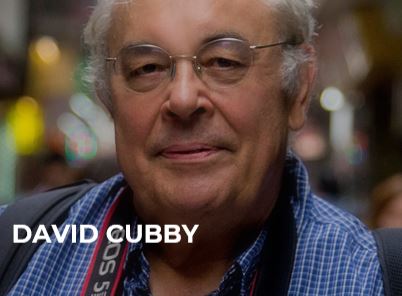 |
